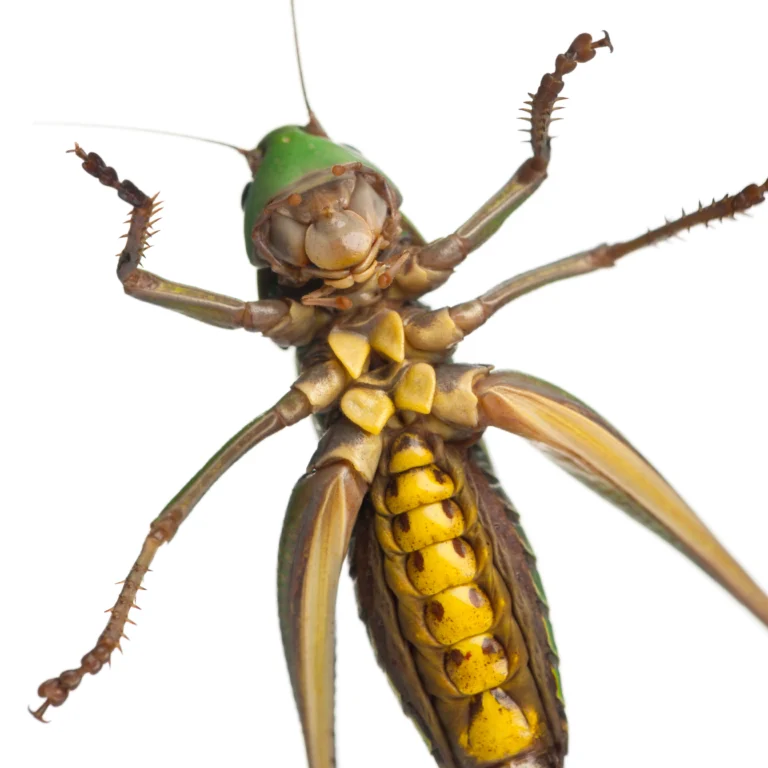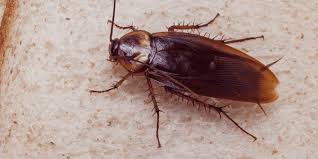Grasshoppers are common in Arizona, especially in the state’s desert and rural areas. They play a role in the ecosystem but can become problematic when populations grow excessively. Here’s an overview of grasshoppers in Arizona:
Common Grasshopper Species in Arizona
- Desert Grasshopper (Schistocerca nitens):
- Found in arid regions and desert landscapes.
- Pallid-winged Grasshopper (Trimerotropis pallidipennis):
- Known for its pale wings and ability to thrive in various terrains.
- Differential Grasshopper (Melanoplus differentialis):
- A potential agricultural pest, feeding on crops and plants.
Behavior and Habitat
- Diet: Grasshoppers are herbivorous, feeding on grasses, shrubs, and crops. In large numbers, they can cause significant damage to vegetation.
- Habitat: Found in open fields, grasslands, deserts, and sometimes suburban gardens. They prefer sunny, warm areas with abundant plant life.
- Activity: Grasshoppers are most active during warm seasons, particularly in spring and summer.
Why Grasshopper Populations Surge in Arizona
- Weather Conditions: Warm temperatures and monsoon rains create ideal conditions for grasshopper breeding.
- Vegetation Growth: Increased vegetation after rains provides ample food, supporting larger populations.
- Natural Predators: Birds, lizards, and rodents help control grasshopper populations, but their effectiveness varies.
Risks and Challenges
- Agricultural Damage:
- Grasshoppers can devastate crops, including alfalfa, wheat, and vegetables, during population booms.
- Landscape Impact:
- In home gardens, grasshoppers may eat ornamental plants, grass, and flowers.
- Plague-Like Swarms:
- In rare cases, certain species (like the desert locust) can form swarms, causing widespread damage.
Prevention and Control
Natural Barriers:
- Plant tall, dense vegetation like sunflowers to act as windbreaks and physical barriers against grasshoppers.
Biological Control:
- Encourage natural predators like birds or use Nosema locustae, a biological control agent that targets grasshoppers.
Insecticides:
- Use insecticides labeled for grasshopper control, but apply sparingly to avoid harming beneficial insects.
Remove Weeds:
- Keep areas around your home and garden free of weeds and tall grass to reduce grasshopper breeding sites.
Netting and Covers:
- Protect plants with fine mesh or row covers to prevent grasshoppers from feeding on them.
Interesting Facts
- Grasshoppers have powerful hind legs for jumping and can travel considerable distances to find food.
- Some species, under specific conditions, can transform into locusts and form massive migratory swarms.
Managing grasshoppers in Arizona often involves a combination of habitat modification, natural predators, and targeted treatments to maintain a balance in their populations.
Are You Having Issues With Fleas?
Section Title
For pest control Peoria, AZ, Proudfit Pest Control today’s local favorite for customer recommended service and value offers local, credible, and effective pest control service to the residents...
Introduction: Summer Pest Control Tips Summer in Arizona’s Peoria region brings scorching temperatures, monsoon rains, and an influx of pests seeking refuge in homes. From scorpions to mosquitoes, the...
Introduction: Bed Bugs in Bed Few pests instill as much fear as bed bugs. These tiny, hard-to-find critters can transform your haven into a stress-inducing captivity, while ‘bed bugs in...
Introduction : Termite Treatment Termites Treatment Peoria AZ cause property destruction worth $5 billion in the USA every year and are considered silent destroyers, as stated by the National Pest...
Pest control is essential as pest invasions occur during all seasons. Rodents, pigeons, or insects all threaten the business structure, reputation, and health of your employees and customers. The most...
Introduction: Why Crickets Thrive in Peoria, AZ Peoria’s heat wasteland climate and scenic landscapes make it a hotspot for crickets. While those bugs are a part of Arizona’s atmosphere, they...
Expert Pest Control in Arizona Pest Control in Arizona, The sunny days together with breathtaking desert sceneries define the experience of living in the Arizona town Peoria. The temperate climate...
Seeing roaches in your house is often a sign of an infestation, as these pests are nocturnal and usually hide during the day. Here’s what to do if you spot...
Preventing and managing bedbugs at home can be challenging, but certain home remedies and practices can help minimize their presence. Here’s what you can do: 1. Regular Cleaning 2. Declutter...















